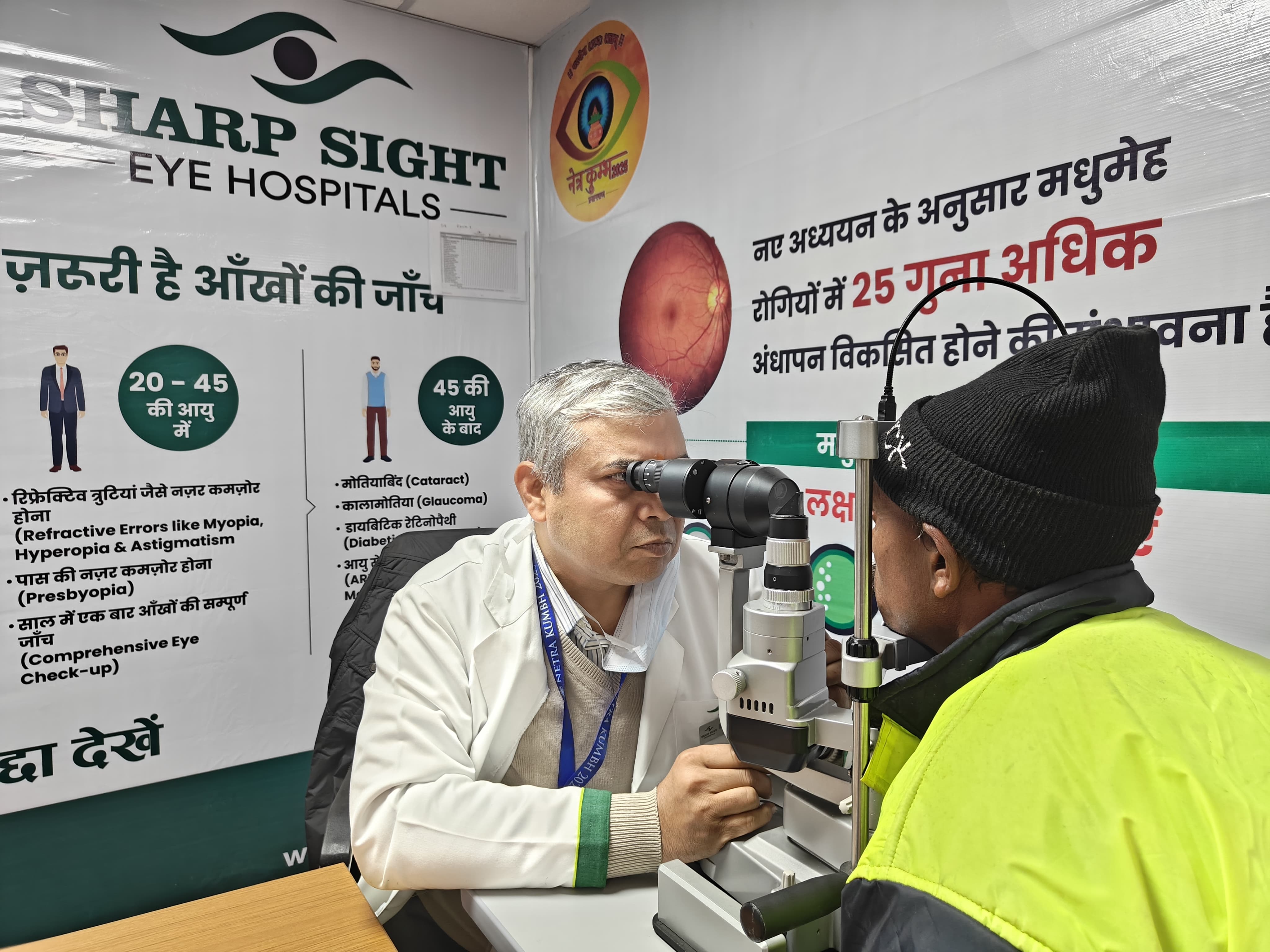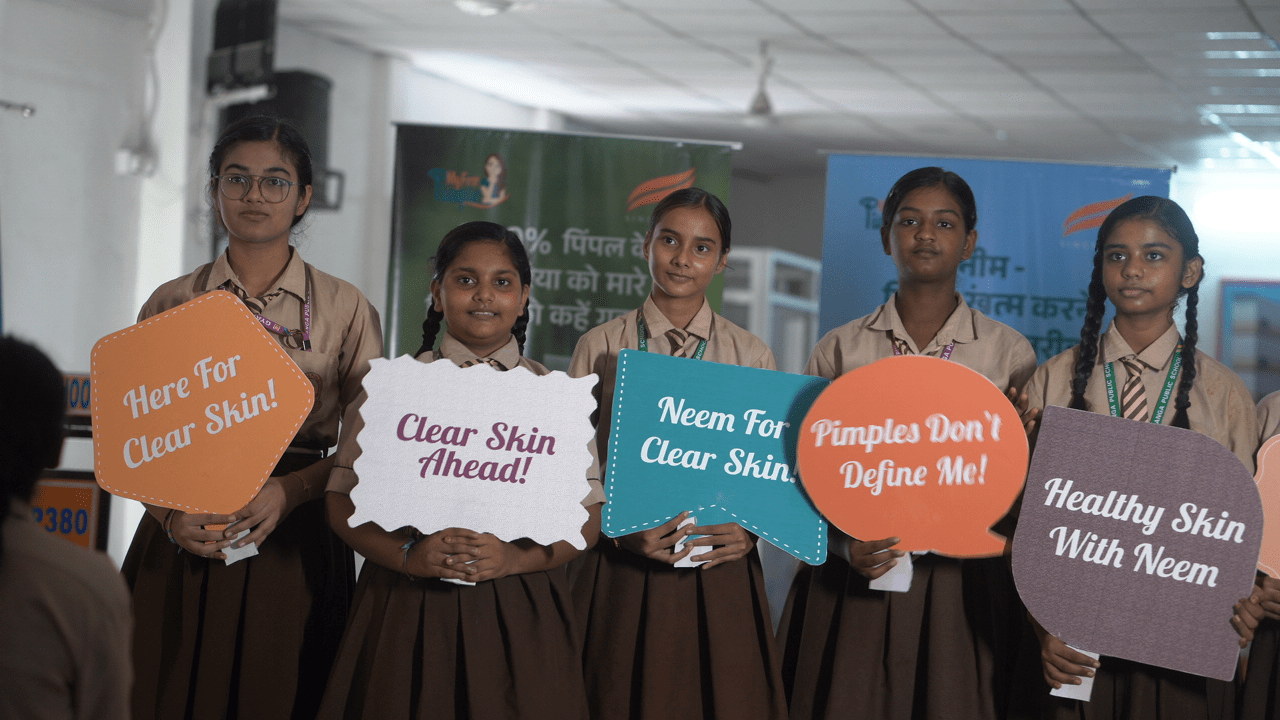Tuberculosis (TB) remains one of the most persistent public health challenges worldwide. While many associate TB with adults, it is a silent crisis among children in regions where the disease is widespread. Despite being preventable and treatable, TB takes a significant toll on young lives, especially in countries with a high prevalence of the disease, such as South Africa. Recent research has shed light on the severe risks faced by children growing up in these areas, highlighting the urgent need for preventive action and greater awareness.
In a study that tracked TB infection rates from birth through childhood, researchers from Boston University School of Public Health, the University of Sao Paulo, and the University of Cape Town reveal a concerning reality. The findings, published in The Lancet Child & Adolescent Health, focus on the TB infection risks for children up to the age of 10 in high-burden regions. This is the first comprehensive study to follow children from birth in real-world environments, outside of healthcare settings, to better understand how early and how often they contract TB.
The research followed a group of 1,137 pregnant women and their 1,143 children near Cape Town, a region with one of the highest TB rates globally. These children were regularly tested for TB infection at intervals of 6 months, 12 months, and annually or if they displayed any respiratory symptoms. The results were sobering, with an estimated 36% of the children facing cumulative TB infection risk by age 8. By age 10, more than 10% of these children had developed active TB disease, signalling potential long-term health implications.
The study highlights a troubling pattern: the risk of TB infection is highest in the earliest months of life, gradually declining as children grow older. For infants in high-risk areas, TB exposure is almost inevitable. In regions like Cape Town, infants and toddlers are exposed to the disease at alarming rates, often without the protection that preventive treatments could offer.
Young children, especially those under one year of age, are highly susceptible to TB because their immune systems are still developing. In communities with widespread TB, infants are often exposed to the disease through close family members or in crowded living environments, where bacteria can spread more easily. Unfortunately, while preventive treatment for TB exists, many of these vulnerable children are not receiving it. For those who did access preventive care in this study, the treatment showed significant efficacy, yet access remains a serious barrier.
One notable finding from the study was that many TB cases in children were diagnosed during evaluations for pneumonia. Dr. Heather Zar, one of the study’s co-authors, emphasizes that in areas with a high prevalence of TB, cases of pneumonia among children should also be evaluated for possible TB infection. Pneumonia often shares symptoms with TB, such as cough and difficulty breathing, which can make it difficult for health workers to distinguish between the two in regions where resources are limited.
By examining pneumonia cases more thoroughly for TB in high-burden regions, healthcare workers can diagnose the disease earlier and provide timely treatment, potentially saving lives. This also suggests a need for improved screening protocols in paediatric health programs, particularly in TB hotspots.
Preventive treatment is widely regarded as one of the most effective strategies for combating TB in children, yet it remains underutilized. In the study, most of the children who were eligible for preventive TB care did not receive it. This gap in preventive care leaves countless children at risk of contracting TB, a disease that can have long-term impacts on their health and development.
Preventive TB treatment is essential for children who are at high risk of infection, especially those living in close contact with TB patients. The treatment can prevent the disease from progressing and drastically reduce the incidence of TB in paediatric populations. However, challenges such as limited healthcare access, lack of awareness, and logistical barriers continue to prevent many children from receiving this critical care.
Recognizing the devastating impact of TB on children, the World Health Organization (WHO) has identified paediatric TB reduction as a global health priority. TB is one of the leading causes of death among infectious diseases worldwide, claiming thousands of lives each year. WHO has set ambitious targets to significantly reduce TB cases and deaths by 2030, but reaching these goals will require a concerted effort to address paediatric TB specifically.
The WHO’s recent reports underscore the need for increased investment in TB research, prevention, and treatment, particularly for children. In regions with high TB prevalence, preventing and managing paediatric TB is critical not only for the health of individual children but also for the broader goal of eradicating the disease. The findings from this recent study illustrate that without urgent action, children in high-risk regions will continue to bear a disproportionate share of the TB burden.
Dr. Leonardo Martinez, a co-author of the study, emphasizes the importance of a comprehensive approach to tackling paediatric TB. Addressing this crisis will require the involvement of all stakeholders, from government agencies and healthcare providers to community organizations and families. The study’s findings provide a roadmap for policymakers to develop and implement strategies that prioritize children’s health in TB-endemic areas.
According to Dr. Martinez, a successful strategy for combating paediatric TB must include early detection, preventive treatment, and public education. Community health programs that raise awareness about TB symptoms and promote preventive care can make a significant difference in high-risk regions. Additionally, international collaboration and funding are essential for ensuring that effective TB treatments are accessible to children in need.
To close the treatment gap for paediatric TB, countries with high TB rates need to invest in healthcare infrastructure and training for medical professionals. Programs that train healthcare workers to recognize and treat paediatric TB can help bridge this gap, especially in rural and underserved communities. Mobile health initiatives and outreach programs can also play a key role in reaching children who may not have access to traditional healthcare facilities.
Further research into new vaccines and treatments for paediatric TB is another crucial component of this strategy. Although the Bacillus Calmette–Guérin (BCG) vaccine provides some protection, it is not fully effective against all forms of TB. New vaccines tailored to high-risk groups, such as children in endemic areas, could help prevent TB infections from occurring in the first place.
The findings from this study represent both a warning and a call to action. TB remains a significant threat to children in high-burden regions, but it is a disease that can be controlled with the right interventions. By prioritizing paediatric TB prevention and treatment, we can work toward a future where no child has to suffer the devastating consequences of this disease.
As countries and organizations worldwide aim to meet WHO’s goals, there is hope that advancements in TB research and public health initiatives will lead to lasting change. The silent crisis of paediatric TB may not make headlines, but with sustained effort, we can turn the tide and protect future generations from this preventable and treatable disease.
.png)
 TB remains a significant threat to children in high-burden regions, but it is a disease that can be controlled with the right interventions.
TB remains a significant threat to children in high-burden regions, but it is a disease that can be controlled with the right interventions.










.jpeg)








.jpeg)









